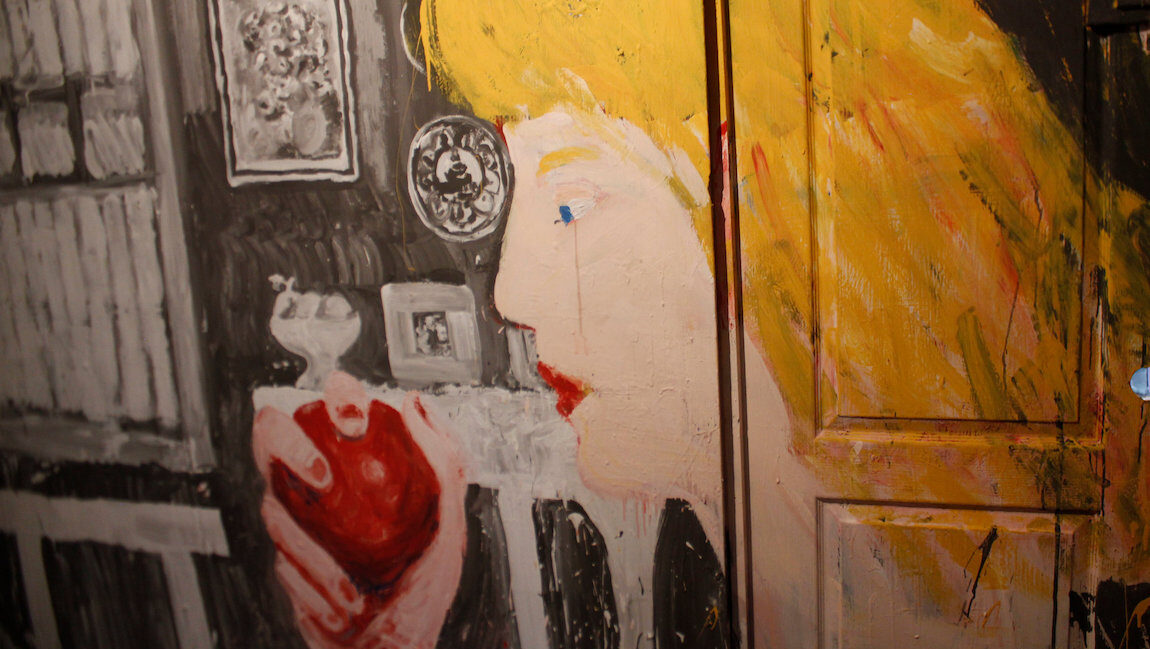The Velvet Queen is a modern marvel, an unconventional nature documentary that understands and incorporates both the power of language and images.
One can forgive most nature documentaries for their straightforward methodologies; given the high production costs involved in sending film crews around the world and patiently waiting for organisms to do something that catches the eye, it’s understandable that most films opt for mass-audience appeal. While there are moments in, say, David Attenborough’s documentaries when explanations of on-screen visuals feel excessive, it’s a safer bet to over-explain than to leave viewers with contextless images. This industry standard makes Marie Amiguet‘s The Velvet Queen a modern marvel: it’s the rare nature documentary that’s both unconventional and largely benefits from ample talking. The film’s poetic title reveals itself to be more apt than the original French one, which translates literally to The Snow Leopard. Across an hour and a half, we follow wildlife photographer Vincent Munier and world traveler Sylvain Tesson as they hike the Tibetan Plateau, in search of the elusive titular animal. Much of the film, though, is about the process, and one that’s notably less physical or technical than mental.
The Velvet Queen’s most astonishing feat is how it recalibrates the viewer’s mind. There are constant reminders of our place in the world as we witness barren landscapes and feel the ostensible futility of Munier and Tesson’s journey. There’s a sense of smallness, yes, but more moving is an acceptance that the snow leopard may never be seen. “So not everything was created for the human eye,” we hear. It’s in this pondering that one considers the psychological aspects of filmmaking, how what’s present on screen is constantly in service of the viewer, that what’s present is what we presume should be seen. The Velvet Queen is instructive, then, in having viewers embrace the beauty of a mode of thinking where humans don’t have supremacy over the rest of the world.
There’s no better way to shake up one’s relationship between self and others than a real-deal trek into nature. The powerful solitude concomitant to such travels is lovingly captured across The Velvet Queen’s extremely quiet passages, in both illustrious wide shots of the terrain and close-ups of Munier and Tesson amid riprap. More surprising is how the score, provided by Warren Ellis and Nick Cave, is straightforward in its intention to evoke grandiosity, but nevertheless feels affecting — its presence acts as encouragement to embrace unknowability. All this philosophizing would have been enough to make The Velvet Queen a worthwhile experience, but it transforms from end-game to build-up when Munier and Tesson finally witness the snow leopard. The film and its final shots are profoundly moving because there’s so much gratitude we feel as viewers — a testament to The Velvet Queen’s ability to teach that the world around us, and any images of it, are legitimate gifts.
Published as part of Before We Vanish | December 2021.







